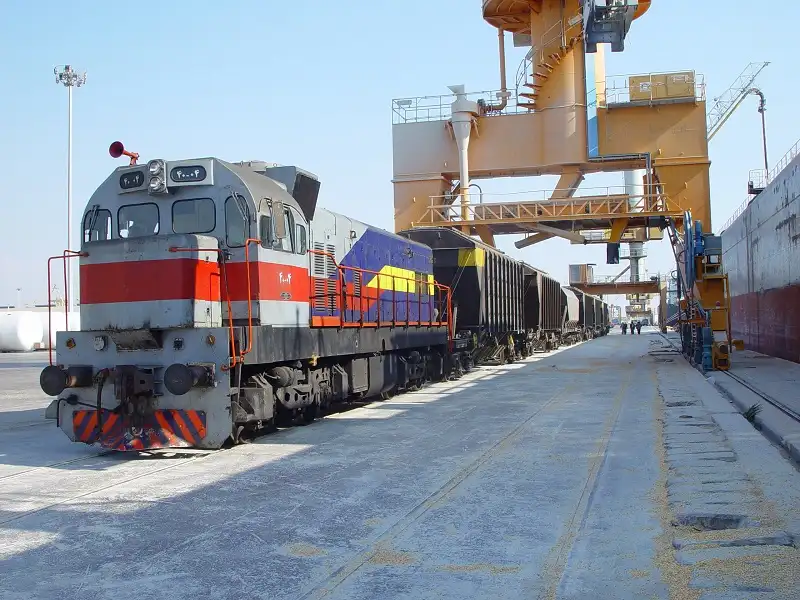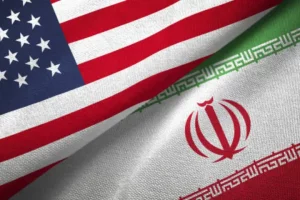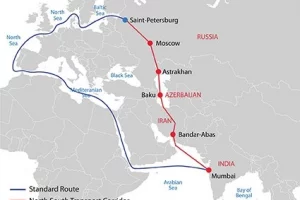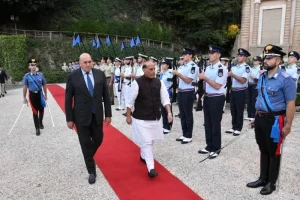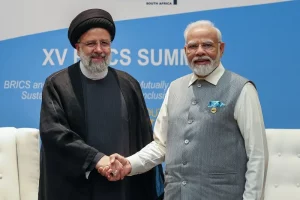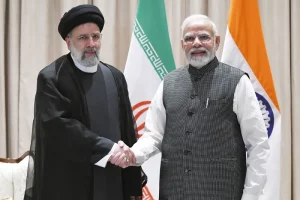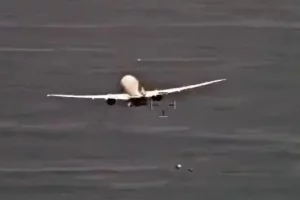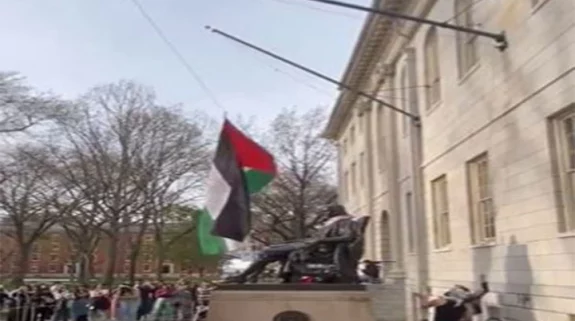Russia has begun the first rail transit of goods to Saudi Arabia through Iran using the International North-South Transport Corridor (INSTC) with the ultimate goal of increasing freight traffic to India via the same route.
The Iranian rail authorities announced over the weekend the arrival of the first Russian transit train with 36 containers through the Akayla-Incheh Borun border between Turkmenistan and Iran in the northeastern Golestan province, east of the Caspian Sea.
After completing the customs formalities, the train left for Bandar Abbas – southern Iran’s main maritime outlet located on the Strait of Hormuz – from where the containers will be reloaded to a vessel for destination port Jeddah on the Red Sea.
The first export shipment in container train which began its journey in May from Russia’s South Ural Railway station of Chelyabinsk went through the territory of Kazakhstan and Turkmenistan before arriving in Iran for further trans-shipment.
RZD Logistics, a subsidiary of Russian Railways which organised the shipment, believes that the delivery marks the expansion of geography of railway service along the North-South Transport Corridor and will result in increase of number of enterprises from Ural using the route.
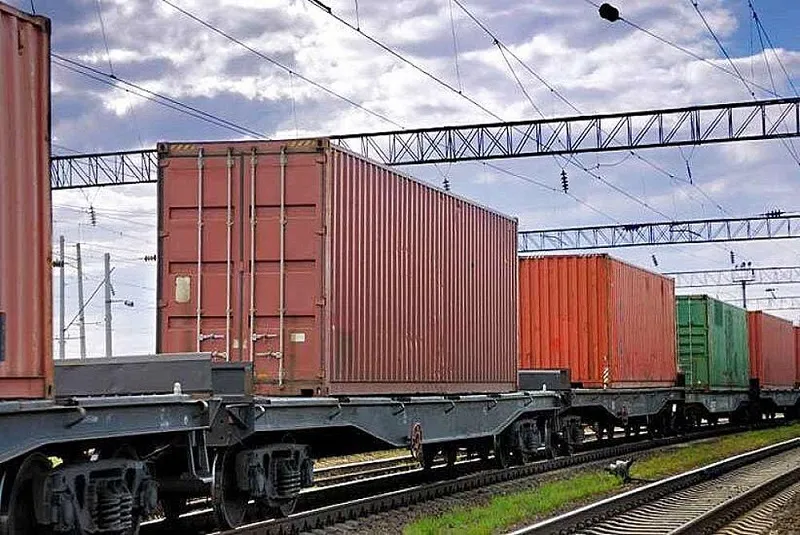
In May, Iran and Russia signed an agreement on the construction of the Rasht-Astara railway route which is considered an important link in the INSTC and will connect India, Iran, Russia, Azerbaijan and other countries by rail and sea.
“162 kilometers of railway line along the coast of the Caspian Sea will help connect Russian ports on the Baltic Sea with Iranian ports in the Indian Ocean and the Persian Gulf,” stated Russian President Vladimir Putin at the signing ceremony.
Putin hoped that, with the creation of proper infrastructure along the corridor and suitable conditions for fast, seamless and predictable logistics, the INSTC can be hugely beneficial to several countries and companies across Eurasia and Africa who will work to surpass the Suez Canal.
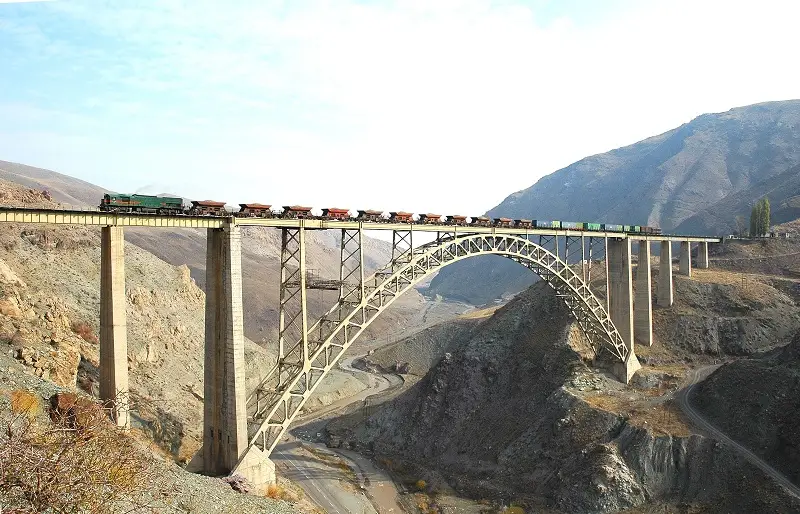
Last week, during their meeting in Johannesburg on the sidelines of the BRICS Summit, Prime Minister Narendra Modi and Iranian
President Seyyed Ebrahim Raisi also agreed upon fast-tracking infrastructure cooperation, focusing especially on Chabahar project and the International North-South Transport Corridor (INSTC).
India has maintained that if the full potential of the strategic Chabahar port – being built with India’s help in Iran – is realised, then it can not only become the gateway for Indian trade with Europe, Russia and Commonwealth of Independent States (CIS) countries but also turn into one of the most important ports in the world in the near future.
New Delhi has been spotlighting the importance of strengthening the transport and logistics architecture of the Eurasian region via the INSTC and its linking to Chabahar.
Earlier this month, a joint meeting of the senior managers of Iranian and Russian railways was held in Tehran during which the parties emphasised on setting a target to increase the transit of Russian cargo to India via the Iranian rail route.
The meeting was attended by Seyed Miyad Salehi – Iran’s Deputy Minister of Roads and Urban Development who is also the CEO of the country’s railways – and Sergey Pavlov, Deputy Director of the Russian Railways along with their deputies and managers.
Salehi announced that until the Rasht-Astara rail route is put into operation, Iran is ready to increase the amount of transit Russian cargo to India by 700% from the eastern branch of the railway.
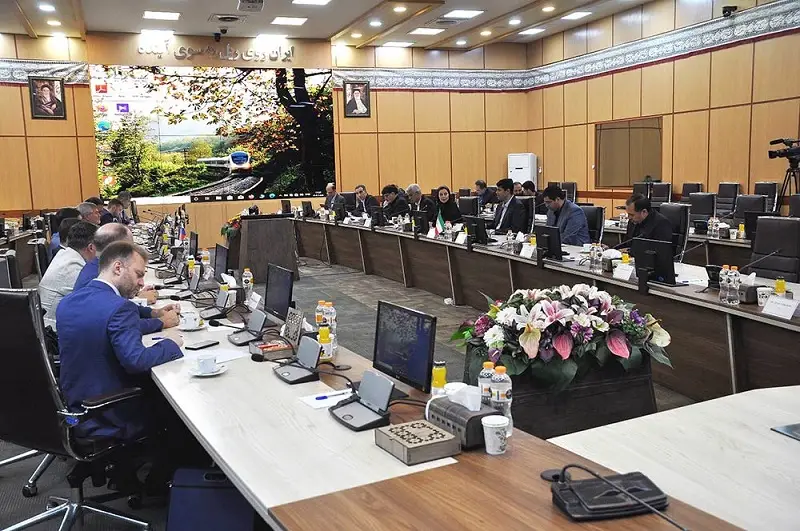
He also mentioned that the Raisi government has decided to connect the Caspian port to the country’s national rail network by the end of 2023 or early 2024.
With Russian cargo also entering Iran through the Sarakhs border crossing point with Turkmenistan, the Iranian minister emphasised that Iran Railways is ready to remove clearance obstacles if the Russian side picks its five strategic goods for long-term transit.
Pavlov, meanwhile, said that Iran’s railway is the only window and way for the goods of Russian exporters to reach India, and for this reason, Moscow is determined to expand the volume of transit.
Also Read: Rising India set to access new shipping route from Belarus via Russia






